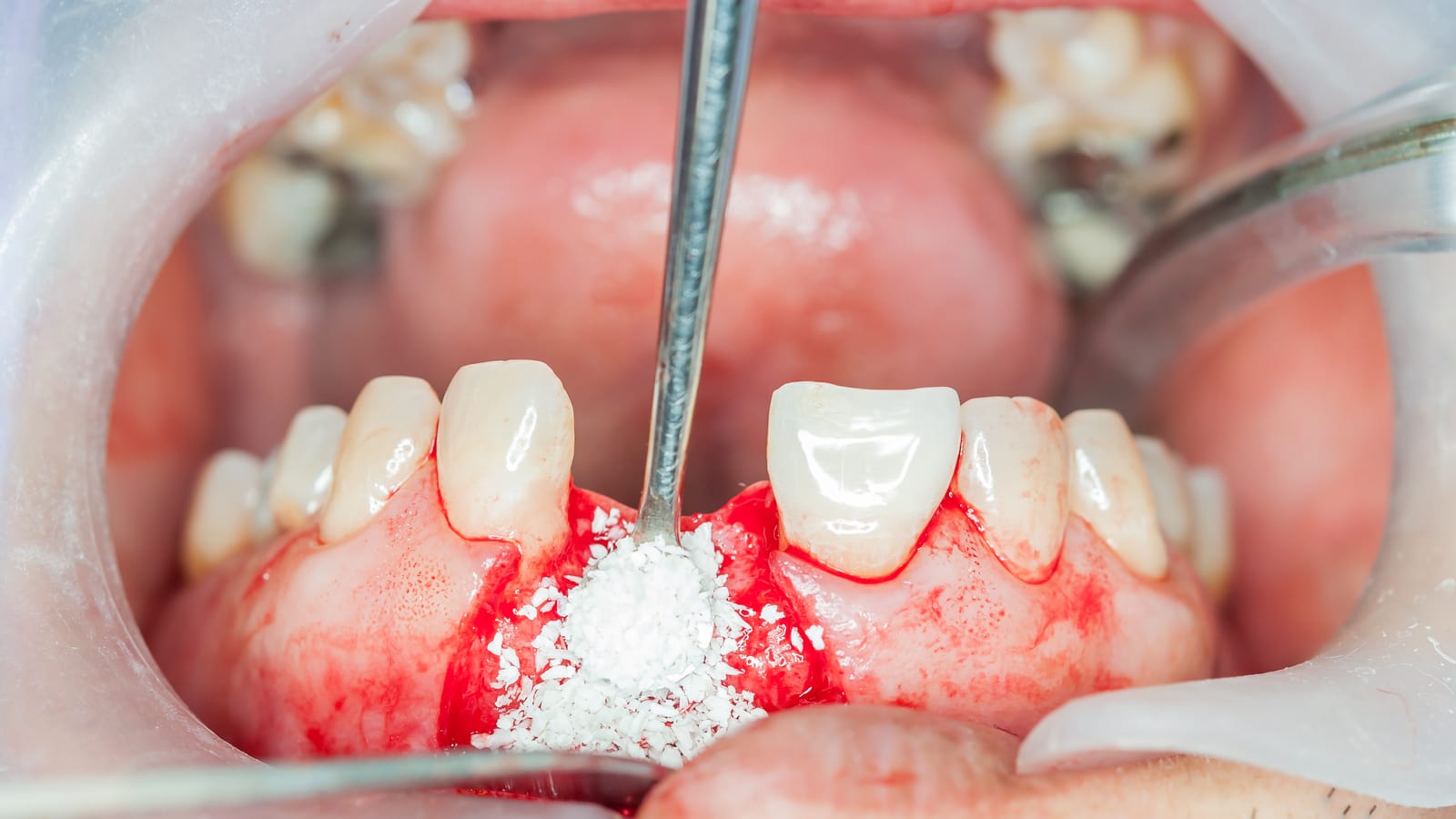There is a common perception that bone is an unyielding substance that remains largely unchanged in the body. This perception is largely inaccurate, as bone is frequently in the process of remodeling itself. Old cells are removed from the bone, while new bone cells form to replace those lost and to aid in healing. In some cases, bone may not properly remodel itself, may be lost to decay, or otherwise be affected by trauma. When this occurs, a bone graft can be necessary to restore full function.
What Is A Bone Graft?
A bone graft is what occurs when a living, healthy piece of bone is attached to an area where bone loss has occurred due to disease, trauma, or decay. In dentistry, this is often done to restore the strength of the jawbone or to make it possible to insert dental implants for dental restoration. The grafted bone will adhere to the existing bone until it becomes a part of it permanently, bringing strength and stability to the graft location.
Why Would A Bone Graft Be Necessary?
Bone loss can occur for many reasons. In dentistry, the most common bone loss observed is that which happens after a tooth is extracted in adults. Dental extractions leave an open space in the jawbone where the tooth used to be. This hole slowly but surely begins to degrade as it is reabsorbed back into the body in response to the absence of a tooth to support. Untreated, severe periodontal disease can also lead to bone loss as the responsible bacteria begin to consume the bone. With sufficient bone loss, a bone graft may be called for to make it possible to reconstructive treatment to be administered to the patient.

Where Does the Material for a Bone Graft Come From?
The origin of the graft material most often comes from your own body. In cases where this isn’t possible, a patient may opt to receive bone tissue from an eligible donor or even receive a graft made from animal material. In cases where these sources aren’t appropriate, synthetic substances are available that can be used in their place. This material is often comprised of putty, powder, granules, or an injectable gel that can be put in place with a syringe. Regardless of its source, a bone graft serves as a framework on which your body will construct new bone.
How Can A Bone Graft Improve My Dental Health?
Bone grafts are used to accomplish a number of goals in dentistry. Among these goals are saving teeth by restoring the jawbone before extraction becomes necessary. In certain cases, when a tooth is extracted, a bone graft may be used to close and reinforce a tooth socket so that implants can be inserted later. They’re also used to prepare a patient’s jaw for dental implants in cases where insufficient bone is present to support the implants.
Dr. David Carl Obenchain has performed many bone grafts during his career and has the knowledge and experience to do so effectively and safely when they become necessary. If you’re wondering if a bone graft may be appropriate for your case, contact us at 206-561-2345 to schedule an appointment for a consultation.
Ridge Preservation
When a dental extraction has been performed, your body starts repairing and remodeling the bone in the area around the space left by the extracted tooth. If left for too long, this can result in there being insufficient bone to place dental implants in the future. In addition, the more bone that is lost, the more expensive it can become to rebuild the bone, and the treatments necessary to do so will take longer and become more invasive. To prevent this, Dr. David Carl Obenchain offers ridge preservation bone grafts that can strengthen the bone and prevent bone loss following an extraction.
What Is A Ridge Preservation Graft?
A ridge preservation graft is a method of protecting your jawbone against bone loss when a tooth is extracted. The body naturally begins a process known as resorption when a tooth is removed, slowly breaking down the bone material around the now-empty socket and spread them around the body. Four types of bone grafts are used in a ridge preservation procedure, also known as a “socket preservation.”
- Autograft –This form of graft uses bones from the body of the patient.
- Xenograft –Bovine or porcine collagen or bone is used for this graft.
- Allograft –Bone extracted from a cadaver is used in this graft.
- Alloplast –In this form of graft, synthetic materials are used to build the framework from the graft.

What Benefits Come With A Ridge Preservation Graft?
There are a number of benefits that come along with having a ridge preservation graft done. This procedure helps to preserve your bone following tooth loss. It also keeps soft tissue and bone from collapsing into the teeth sockets following the removal of a tooth. As a procedure that comes with low amounts of discomfort and is minimally invasive, it helps to ensure that your jawbone will have the necessary material to support future implants. By retaining the bone ridges aesthetic properties, it also helps to maintain a smile that is natural in appearance.
What Should I Expect During The Graft Process?
Bone grafts are accomplished by taking the graft material and placing it into the socket that used to contain the tooth. A small opening is made in the area the graft will be applied, and the material to be used will be layered into the recess left by the missing bone. This newly placed bone is protected by a collagen membrane that helps keep it stable and in place while it heals. This is a basic description of a ridge preservation graft, though the exact details may vary slightly depending on the location the graft is being placed.
When patients in the Seattle, WA area are looking for a maxillofacial surgeon that has the education and skills necessary to perform a ridge preservation graft, Dr. David Carl Obenchain is often their first choice. If you want to discover more about this procedure, call us at 206-561-2345 or visit our offices at Wisdom Teeth & Oral Surgery Center of Seattle today.




